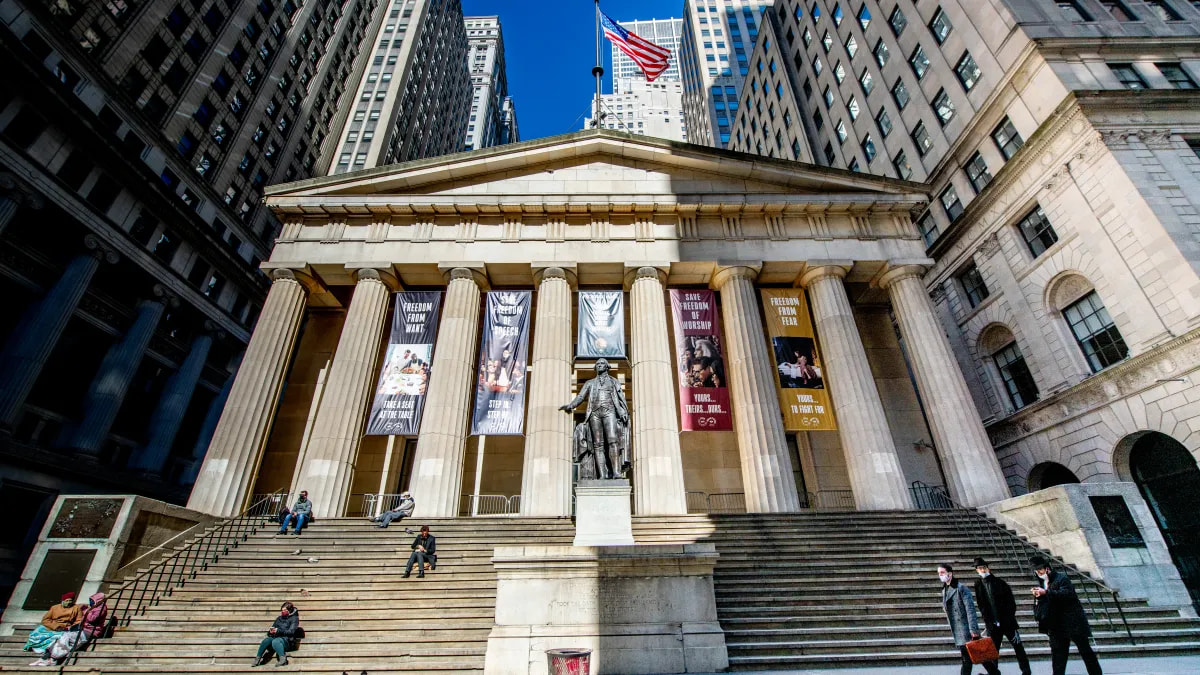Beamliving
Historical Sites in the Financial District
The Financial District may be best known for being NYC’s business epicenter, but it also happens to be one of the most historic parts of the city. Here are 3 historic sites in FiDi that’ll show you a little bit of the neighborhood's history.
ST. PAUL’S CHAPEL
Trinity Church is a historic landmark, and part of what makes it so special is one of its chapels: St. Paul’s. Built in 1766, St. Paul’s Chapel is the oldest surviving church building in all of Manhattan, having stood through wars and, most famously, remaining intact after the September 11th attacks, which granted it the nickname “The Little Chapel that Stood.” St. Paul’s Chapel is also most famous for hosting George Washington and members of Congress in 1789 for Washington’s Inauguration. Still a very active part of the Parish of Trinity Church, you can visit for a service, weekday concert, occasional lecture, or just to admire its beauty.
FRAUNCES TAVERN
Both a museum and a restaurant, Fraunces Tavern is also a historic building that survived the American Revolution. Similarly to Trinity Church, Fraunces Tavern played a prominent role during that era, serving as a headquarters for George Washington and a venue for peace negotiations with the British forces during the war. A New York designated landmark, Fraunces Tavern has been on this city’s grounds since 1671, and has acted as a museum since 1907, holding collections of artifacts on its second and third floors. It remains one of the oldest buildings and restaurants in all of New York City.



